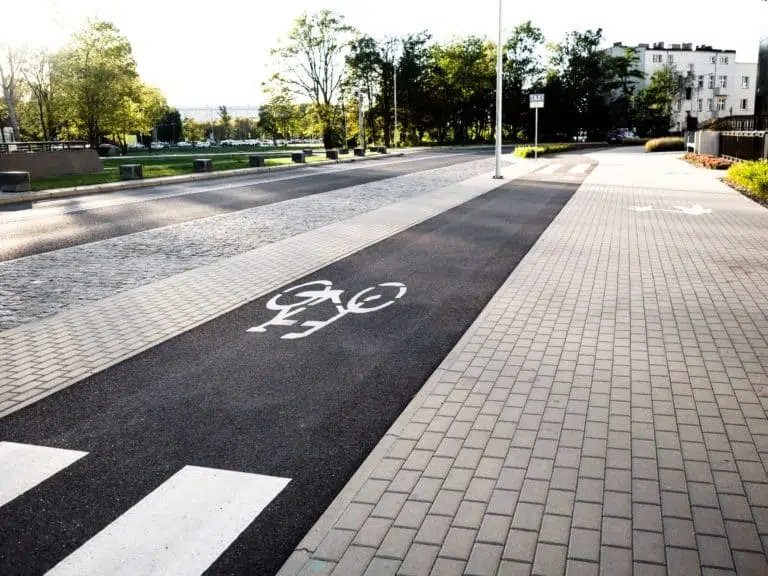Mobility / Active Transportation Planning
The term “community mobility” conveys how transportation policy and investments can be used to advance community-building initiatives. Active transportation should be an important part of a community’s integrated mobility strategy.
A robust mobility planning process will demonstrate the relationship between transportation investments and community vitality. Kimley-Horn’s Mobility Planning team illustrates this connection in a variety of ways that resonate with community leaders and the public. Our innovations include technical tools like mobility indexing and scenario planning, as well as coordinated strategies for public engagement, street design guidelines, development codes, and capital programs.
The creation of an integrated mobility strategy can add credibility to your planning process. Our values-based approach to planning positions communities to make better decisions when faced with challenges related to funding and right-of-way. This approach also elevates the importance of creating and implementing a coordinated set of priorities for mode-specific plans that address bikes, pedestrians, transit, and autos—providing guidelines for consistent decision-making and advancing community goals and objectives.
The diversity of Kimley-Horn’s mobility planning team helps you consider the connectedness between community vitality, social equity, fiscal sustainability, and economic competitiveness when developing a community/regional mobility strategy. Our range of experience is expansive: we led the development of HUD’s Transportation and Housing Choice Model, served as primary author of the ITE-CNUs Context Sensitive Solutions in Designing Major Urban Thoroughfares for Walkable Communities, and were recognized by the American Planning Association for our work on complete streets. See what our innovative thinking can do for your community.



